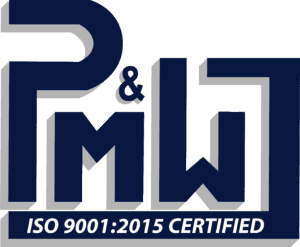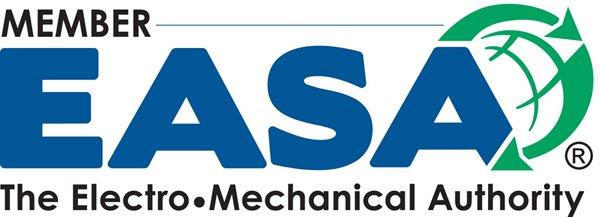Ensuring the reliability and efficiency of industrial motors is crucial for the smooth operation of various manufacturing processes. One essential method to evaluate the performance of these motors is by conducting an IEEE 112 load test. This standardized test helps assess the motor’s capability to handle different load levels, providing valuable insights into its overall health and functionality. In this blog post, we will delve into the key steps involved in executing an IEEE 112 load test on industrial motors.
Understanding the IEEE 112 Load Test
The IEEE 112 standard outlines the procedure for testing the performance of polyphase induction motors under load conditions. This test is designed to determine the motor’s efficiency, power factor, torque, and temperature rise when subjected to various load levels. By conducting this test, motor technicians can identify potential issues, such as overheating, bearing wear, or electrical imbalances, before they escalate into major problems.
Key Steps to Execute an IEEE 112 Load Test
- Preparation: Before initiating the test, ensure that the motor is properly installed and connected to the testing equipment. Verify that all instrumentation is calibrated and functioning correctly.
- Baseline Measurements: Record the motor’s nameplate data, including rated voltage, current, speed, and power factor. These values will serve as reference points during the test.
- Load Application: Gradually apply load to the motor by increasing the mechanical load on the output shaft. Monitor the motor’s performance at different load levels, ranging from no load to full load conditions.
- Data Collection: Measure key parameters such as current, voltage, power factor, and temperature at each load level. Record these values accurately for analysis.
- Efficiency Calculation: Calculate the motor’s efficiency at each load point using the formula Efficiency = (Output Power/Input Power) x 100%. This will help assess the motor’s energy conversion capabilities.
- Analysis and Reporting: Analyze the data collected during the test to identify any deviations from expected performance. Prepare a comprehensive report highlighting the motor’s efficiency, power factor, and temperature rise characteristics.
Benefits of IEEE 112 Load Testing
Conducting an IEEE 112 load test offers several benefits for industrial motor maintenance and reliability, including:
- Early detection of motor issues
- Optimization of motor performance
- Prevention of unexpected failures
- Enhanced energy efficiency
By following the standardized procedure outlined in IEEE 112, motor technicians can ensure that industrial motors operate efficiently and reliably, contributing to the overall productivity of manufacturing facilities.
For expert motor repair, maintenance, and testing services, contact The Pump & Motor Works, Inc.



